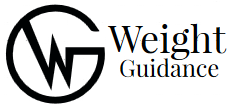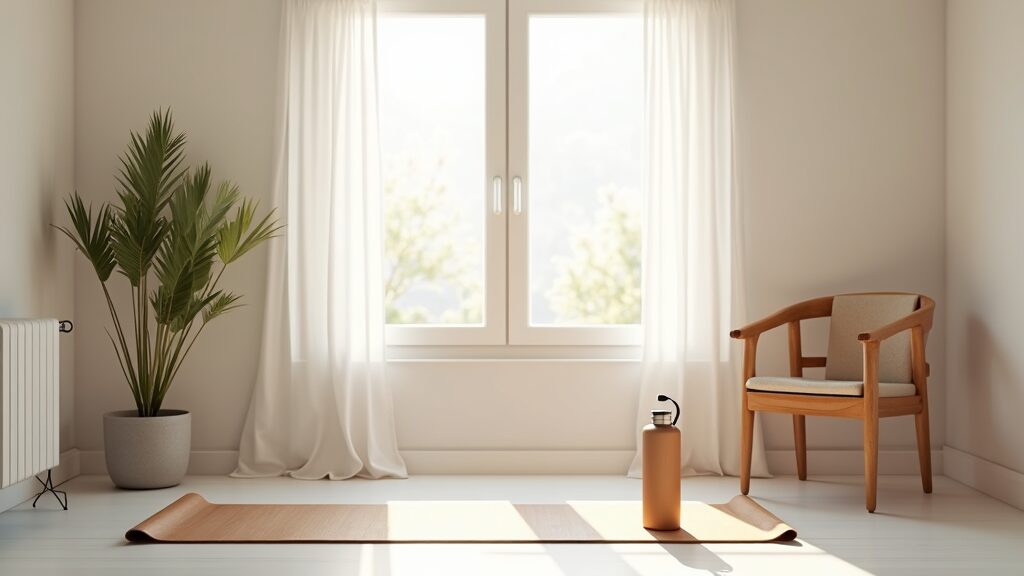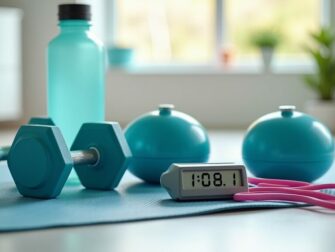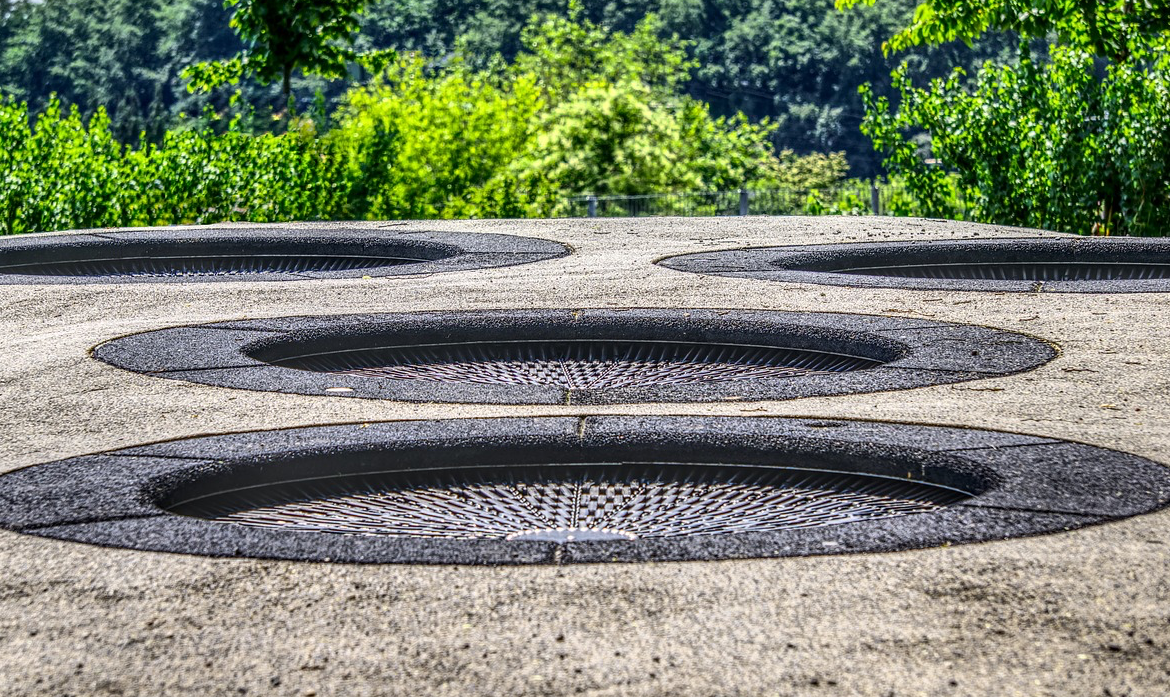Getting into calisthenics can be a game changer if you want to get fitter without expensive equipment, complicated routines, or fancy gym memberships. All you really need is your own body, some open space, and a little bit of consistency to start seeing progress. In this guide, I’m breaking down a simple, beginnerfriendly 30-day calisthenics plan, plus giving you some handy info and extras so you get the most out of your first month.
Table of Contents
TL;DR – What’s in This Guide?
If you’re just here for the basics, here’s what you’ll find below: a quick intro to calisthenics and why it works for beginners, a straight-up answer to whether calisthenics is practical for newbies, a super clear 30-day plan, some fun facts, related gear recommendations, and a section answering all the most common questions.
Is Calisthenics Suitable for Beginners?
You don’t need to be an athlete (or even remotely fit) to start with calisthenics. The whole point is to use your body weight as resistance, which makes exercises way less intimidating because you can modify almost every move. If you can sit, stand, or even just lean against a wall, you’re already good to go. It’s a total win if you want to gain strength, stability, and confidence without risking injury or feeling lost in a complex routine.
When I first started, even a handful of knee pushups felt like work! But sticking with it, I saw myself progressing week by week. Calisthenics can really scale to any level. Beginners aren’t expected to do onehanded pushups or advanced tricks. Just getting comfortable with the basics will build a super solid foundation.
30-Day Beginner Calisthenics Workout Plan
This plan is built so you’re moving a bit every day, rotating muscle groups and getting plenty of rest. The only equipment you’ll need is a chair or low table for dips and rows, a towel or yoga mat, and some comfy clothes. I recommend warming up at the start of each session with 3-5 minutes of brisk walking, arm circles, and light squats.
- Days 1-5: Focus on form
- Pushups (knee or wall): 3 x 5 reps
- Bodyweight Squats: 3 x 10 reps
- Chair Assisted Dips: 3 x 5 reps
- Plank (on knees or elbows): 3 x 15 sec
- Days 6-10: Slight increase
- Pushups (regular or knee): 3 x 8 reps
- Bodyweight Squats: 3 x 12 reps
- Chair Assisted Rows (reverse pull, under sturdy table): 3 x 5 reps
- Plank: 3 x 20 sec
- Days 11-15: Add some challenge
- Incline Pushups: 3 x 10 reps
- Reverse Lunges: 3 x 10 reps per leg
- Bench Dips: 3 x 8 reps
- Side Plank: 2 x 15 sec per side
- Days 16-20: Little variety
- Diamond Pushups (or close grip): 3 x 6 reps
- Split Squats: 3 x 10 reps per leg
- Chair Assisted Rows: 3 x 8 reps
- Plank: 3 x 30 sec
- Days 21-25: Start combining
- Pushups & Rows Superset: 3 x 8 each
- Squats & Lunges Superset: 3 x 10 each
- Chair Dips: 3 x 10
- Side Plank: 2 x 20 sec per side
- Days 26-30: Full body
- Pushups: 3 x 12
- Bodyweight Squats: 3 x 15
- Rows: 3 x 10
- Plank: 3 x 40 sec
- Lunges: 3 x 12 per leg
Notes: Rest 1-2 minutes between sets. Take every sixth day to do only stretching or light walking for active recovery. Listen to your body. If anything ever feels sharp or painful (not just hard), take a break or skip that move.
Sticking to the plan, you’ll start to notice not only that your strength is increasing, but that your mobility and endurance are getting better, too. Beginners sometimes find calisthenics surprising because just using your own body is plenty to get a challenge. This simplicity keeps things accessible, and you can do your workout at home, outside in a park, or even while traveling. It’s highly adaptable to where you are, both physically and geographically.
Fun Facts About Calisthenics
- Calisthenics has ancient roots. Greek soldiers practiced it to stay battle ready. The word even comes from Greek: “kallos” (beauty) and “sthenos” (strength)!
- Professional gymnasts often train with calisthenics basics, even at elite levels, to maintain foundational power and control.
- Some of the physically strongest people rely mainly on calisthenics, proving you don’t need weights to build impressive strength.
- Outdoor public calisthenics parks are super popular in Europe and catching on worldwide. They’re totally free to use if you can find one near you.
- Calisthenics doesn’t just build muscle. It improves coordination, balance, and posture, making you feel stronger in everyday life activities.
Recommended Products Worth Checking Out for Calisthenics Beginners
- WONDER CORE SMART, Ab Machine – amazing fitness helper which offer multiple workouts support
- Resistance Bands Set – A simple way to add a little extra challenge or help with assisted pullup progressions.
- Ab Roller Wheel – Great for home use, letting you practice pullups and rows as you get more advanced.
- Parallettes Bars – Help you safely try dips, Lsits, and other foundational moves at home.
Summary
Calisthenics can be a really enjoyable and flexible way to get started with fitness. This 30-day plan mixes up simple bodyweight moves so you’re always progressing and you never get stuck in a rut. Building a habit is the real win here. The longer you stick with it, the easier and more fun it gets. No gym? No problem. You’ll always have your own body and this guide.
Frequently Asked Questions
Q: What if I can’t finish all the reps?
That’s totally okay. Do what you can with good form and aim for small improvements each day. Progress is way more important than perfection.
Q: How do I know if I’m doing the moves right?
Watching a few YouTube tutorials, using a mirror, or even recording a quick video of yourself can help spotcheck your form. When in doubt, prioritize control and slow movements over speed.
Q: Can I lose weight with calisthenics?
Yes, you can burn calories and build muscle with calisthenics. Pairing it with a balanced diet helps the process even more. It’s not about tons of reps, but about regular movement and smart eating.
Q: What if I get really sore?
A bit of soreness is normal, but if you’re super uncomfortable, give yourself more recovery time or take an active rest day with just stretching.
Q: Is it better to work out at the same time each day?
If you can keep a routine, that’s great. It helps build the habit. But honestly, squeezing your workout in whenever it fits is fine as long as you’re consistent.
Q: Do I need special shoes or gear?
Nope. While workout clothes and supportive sneakers are helpful, you can do most moves barefoot on a mat if you prefer. Minimalist gear keeps prep time low and makes getting started way easier.
Conclusion
Starting calisthenics is one of the easiest and most costeffective ways to step up your strength, get moving, and feel more in control of your fitness. The next 30 days will help you set the foundation. One pushup, squat, and plank at a time. Enjoy the process, celebrate those small wins, and remember: it all adds up, way more quickly than you’d think. If you stick with it, you’ll surprise yourself by how far you come in just a month.



